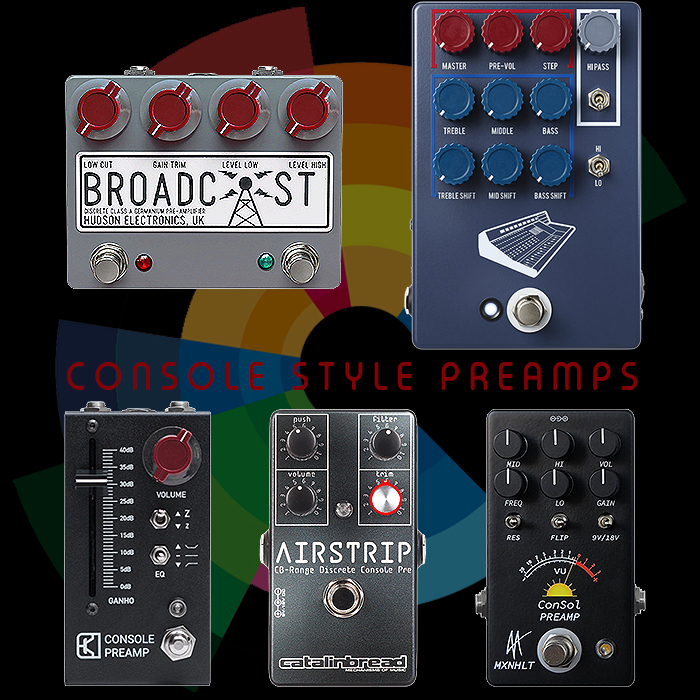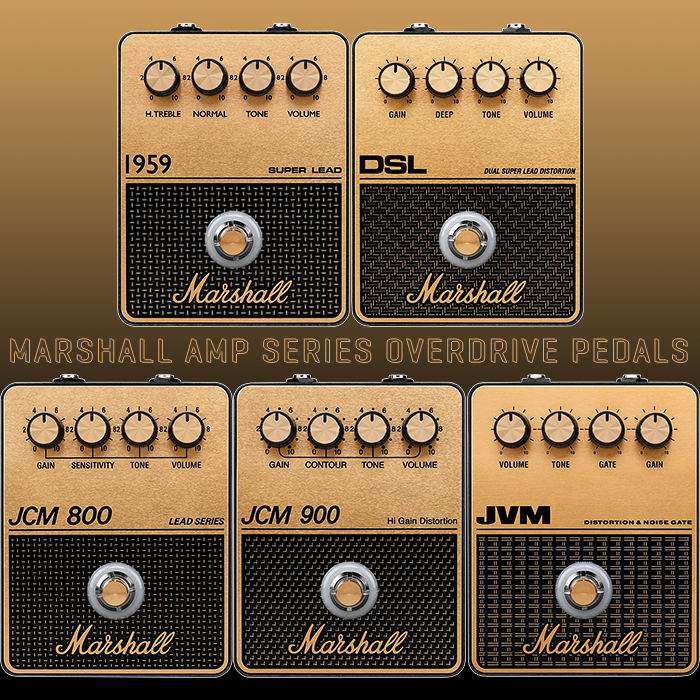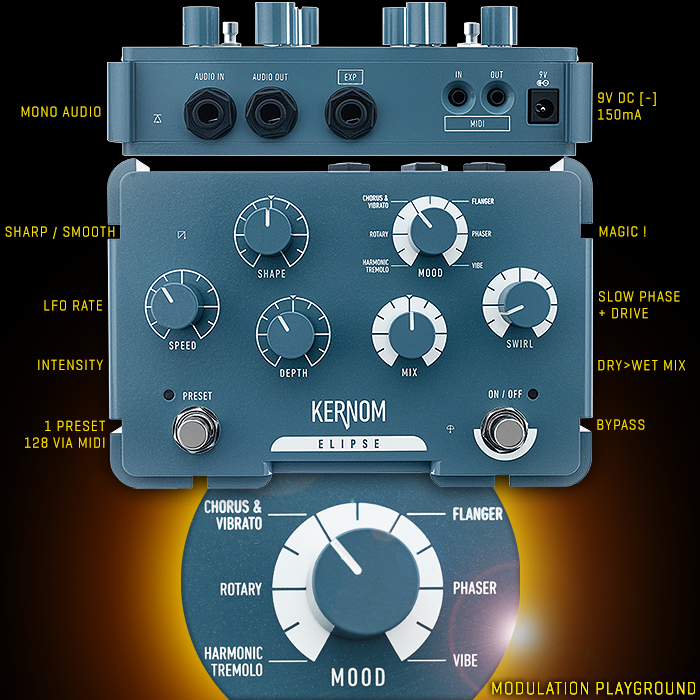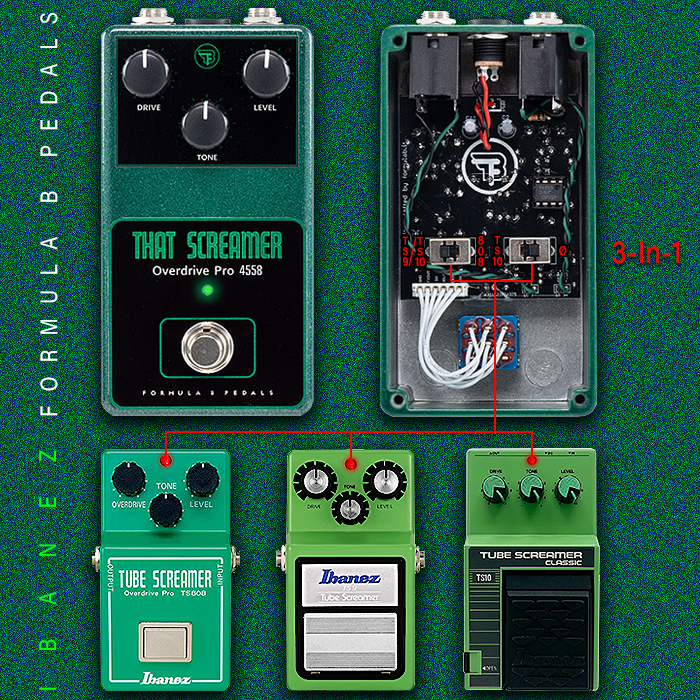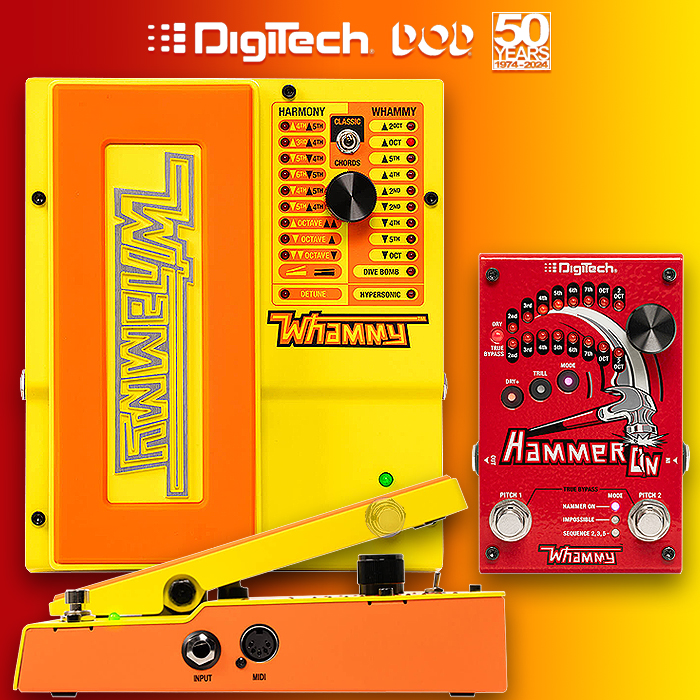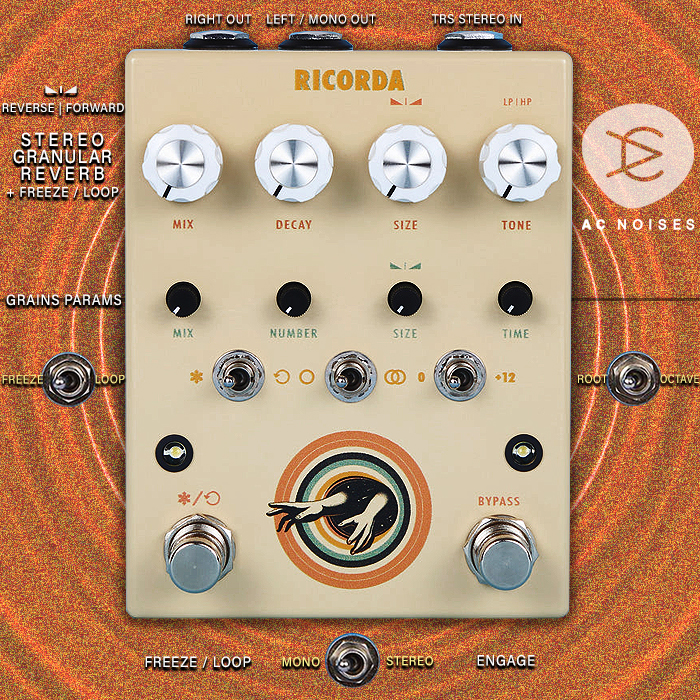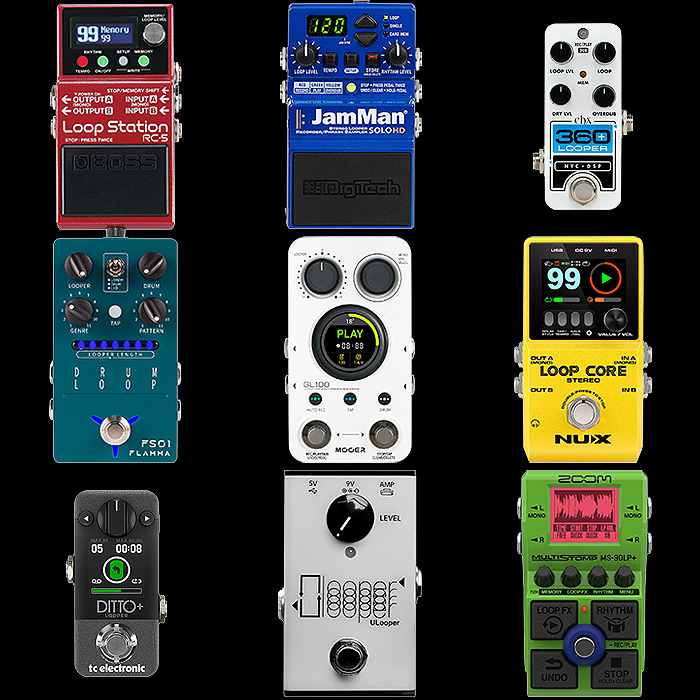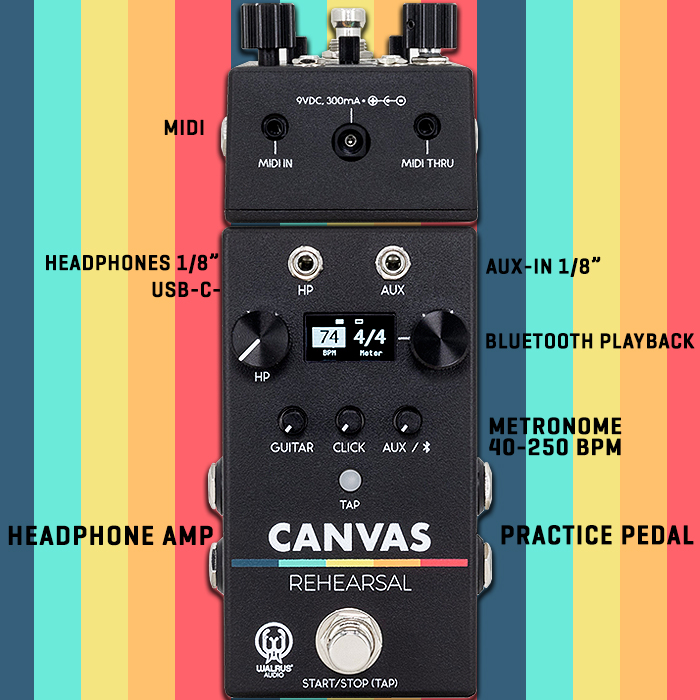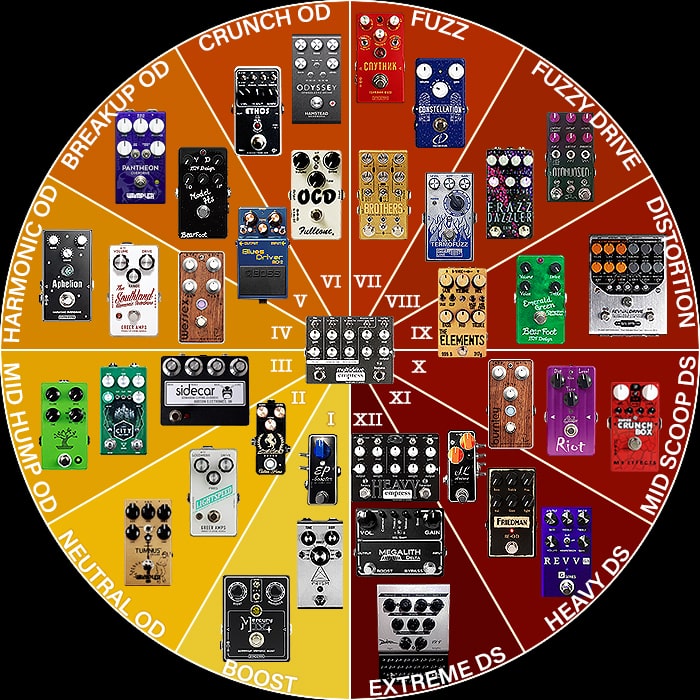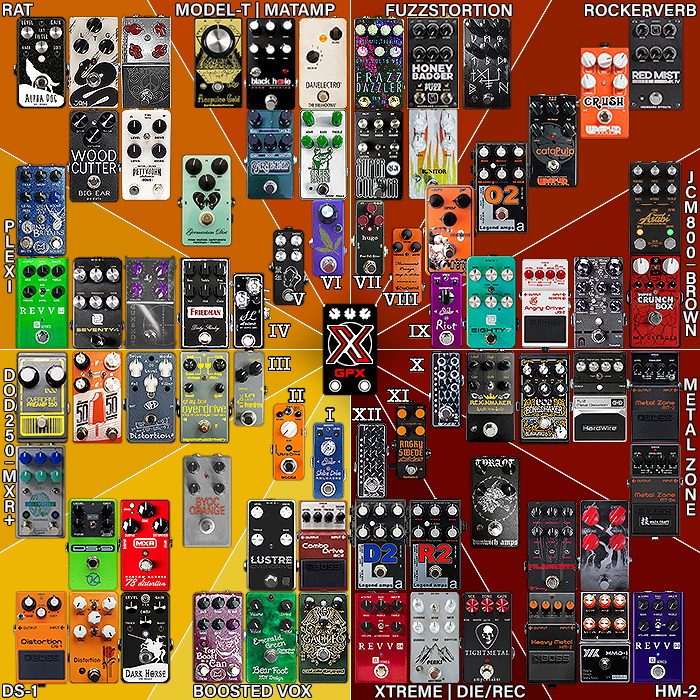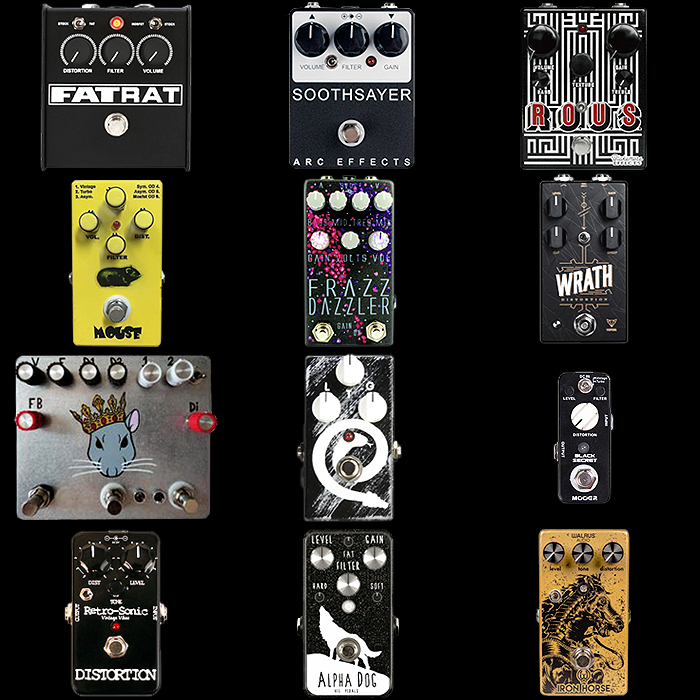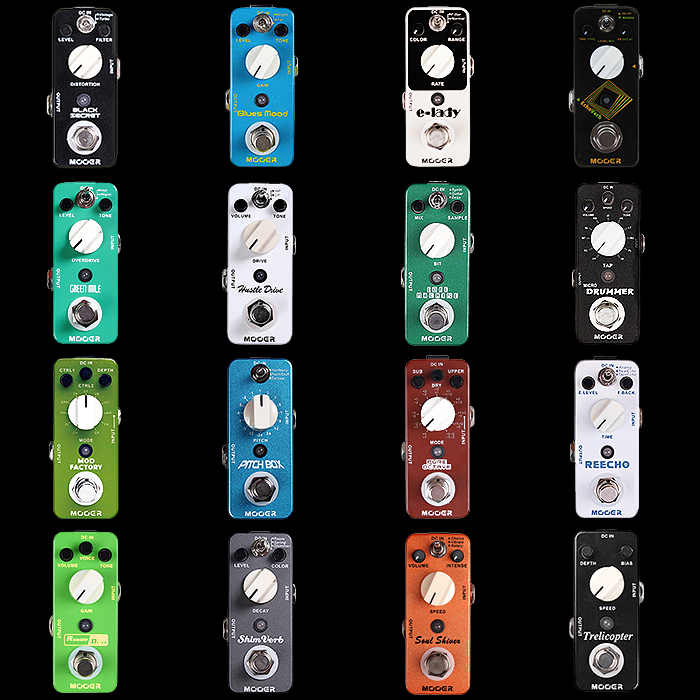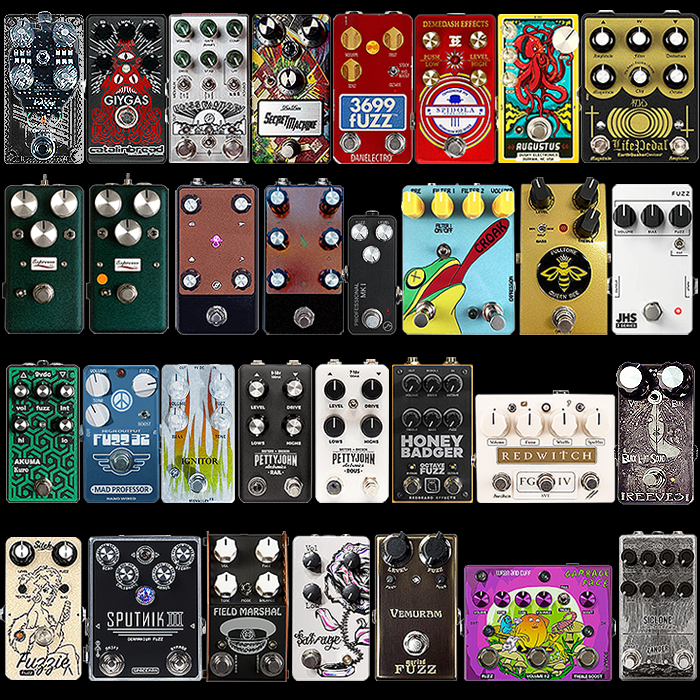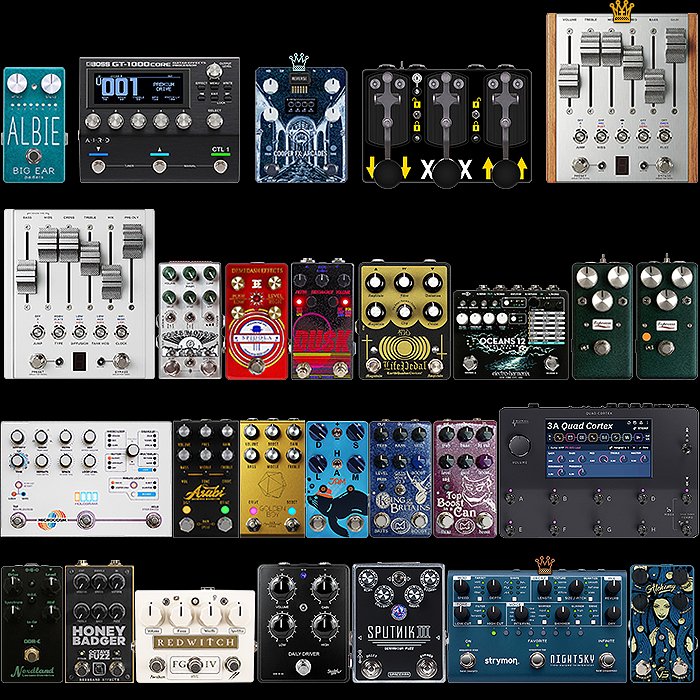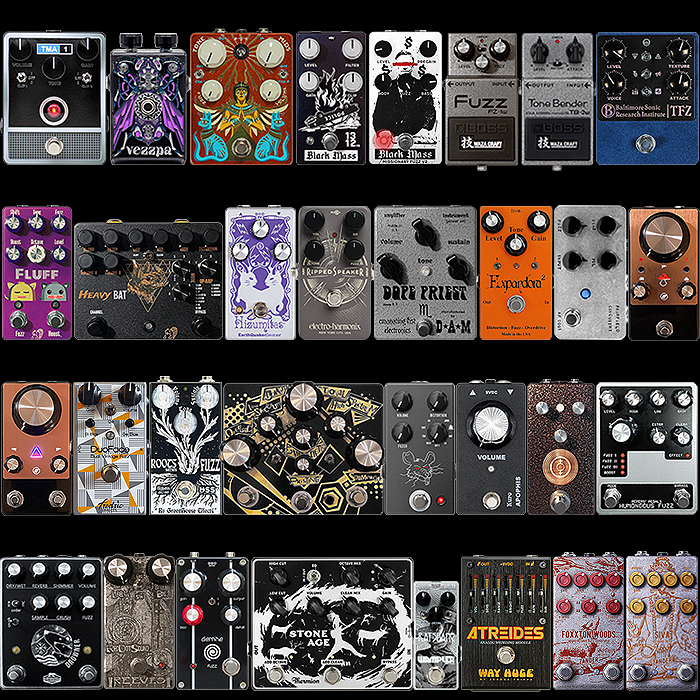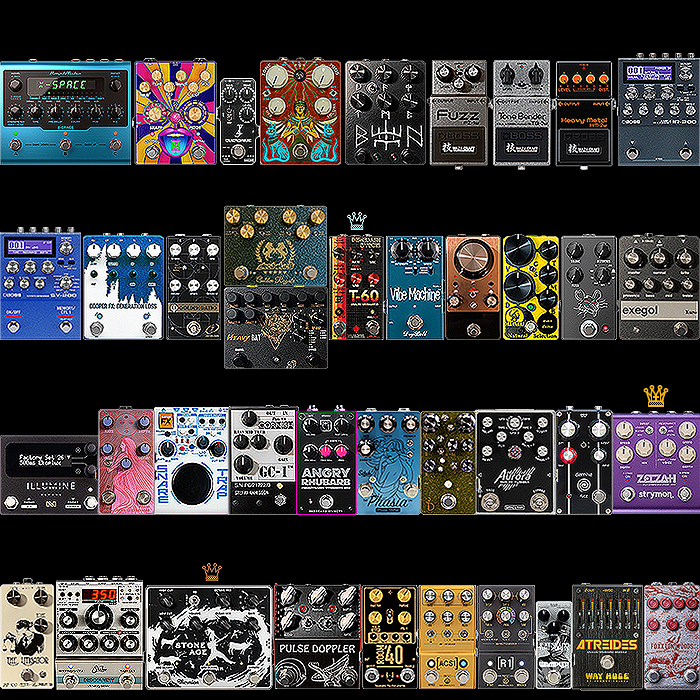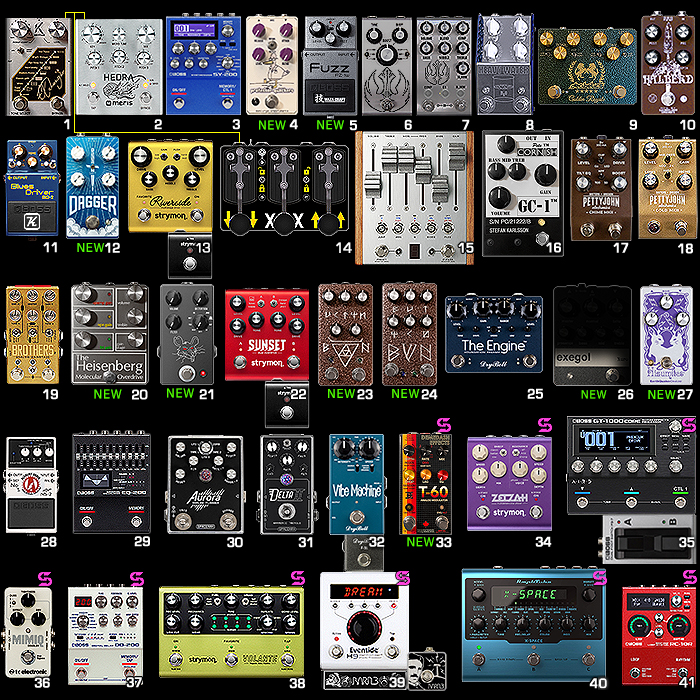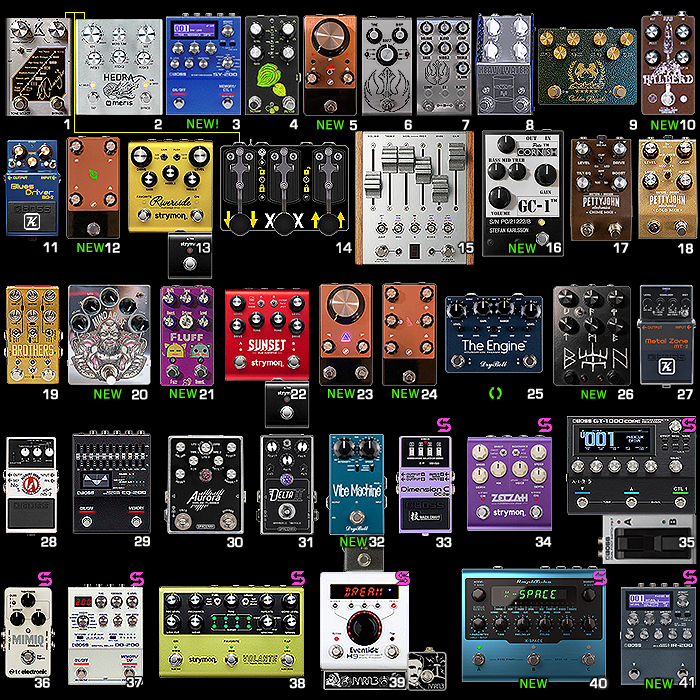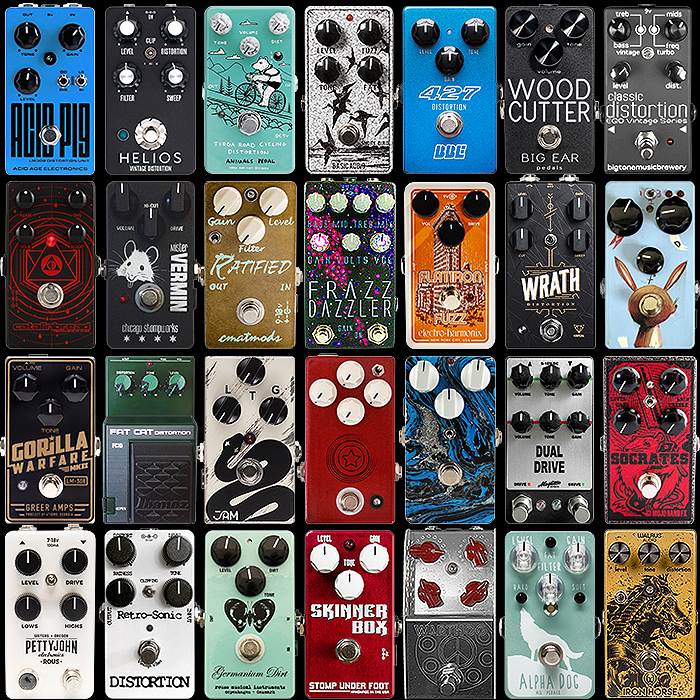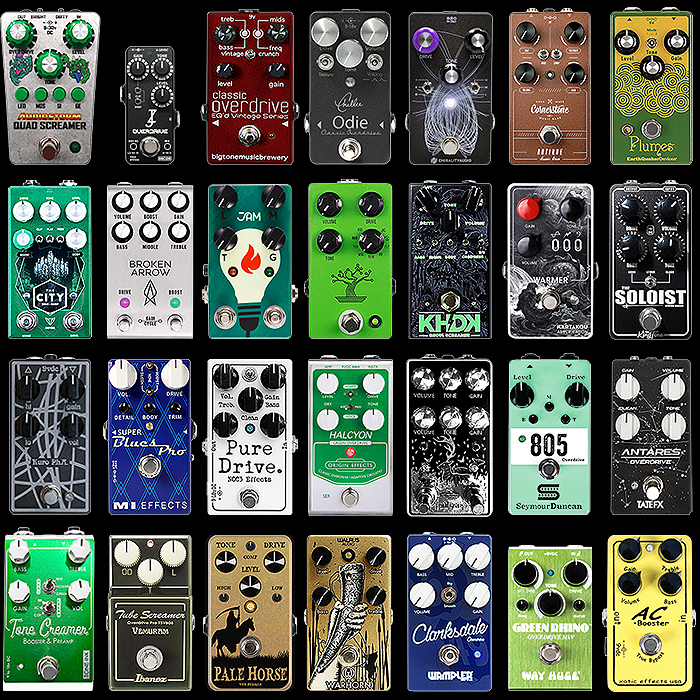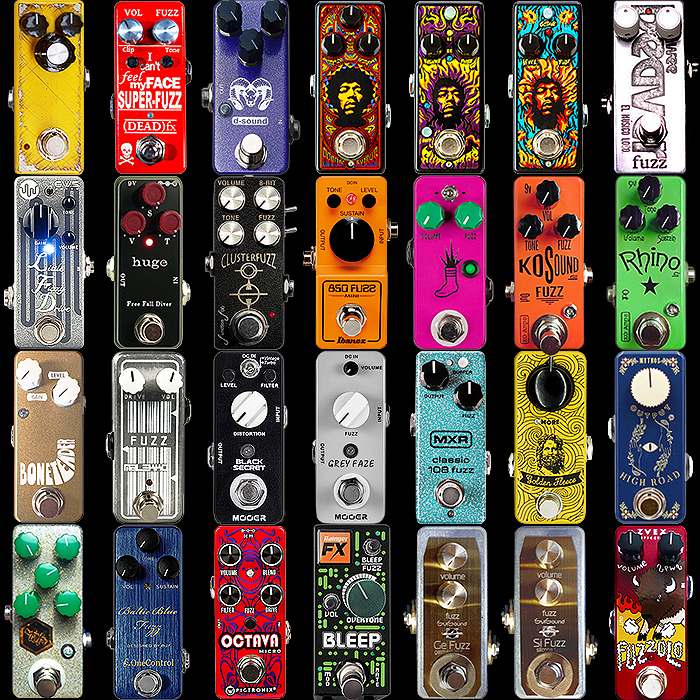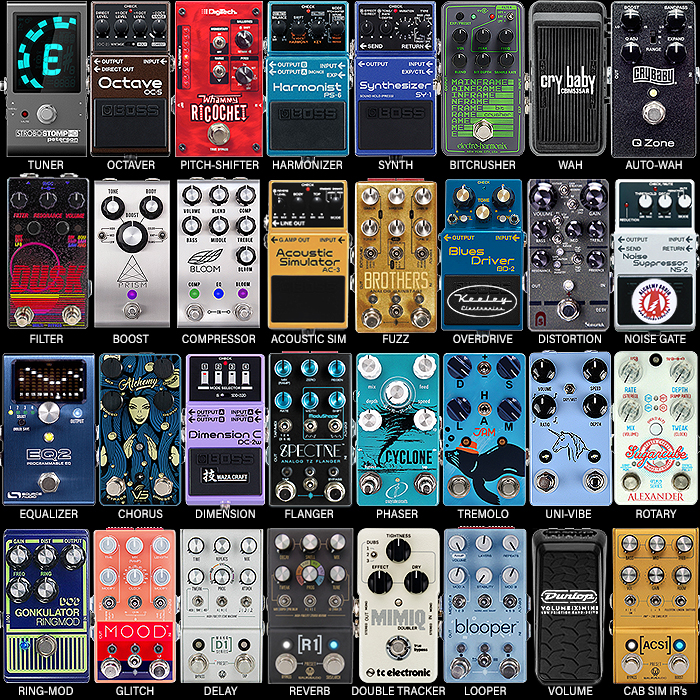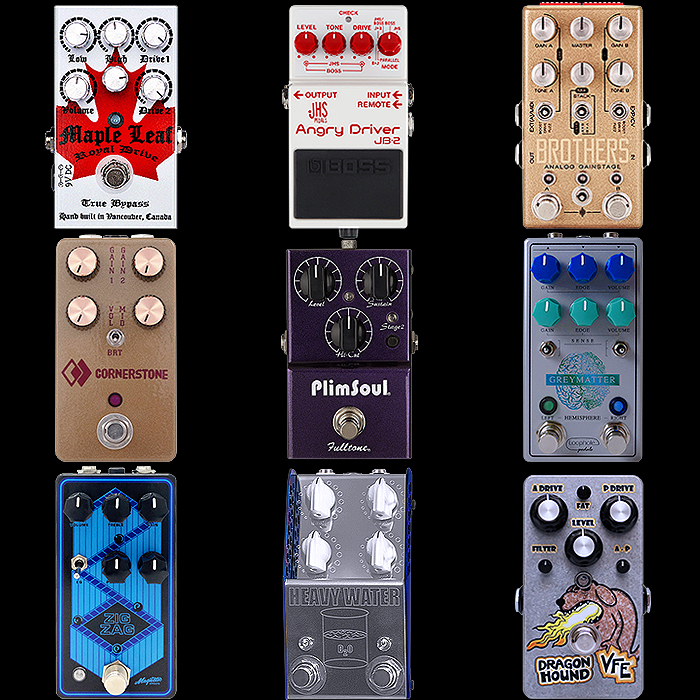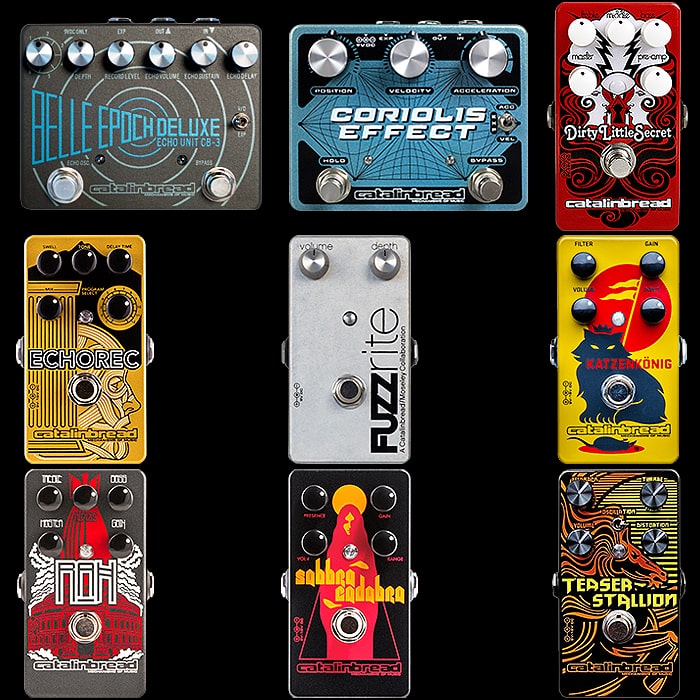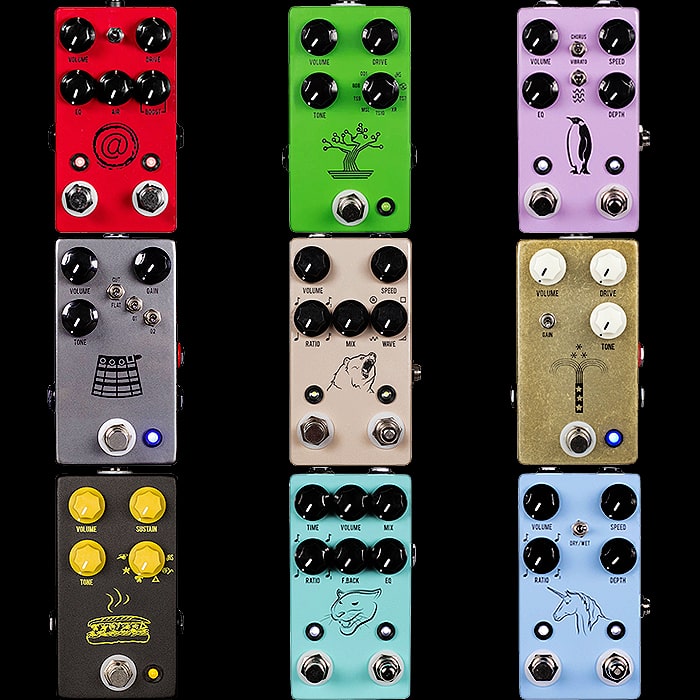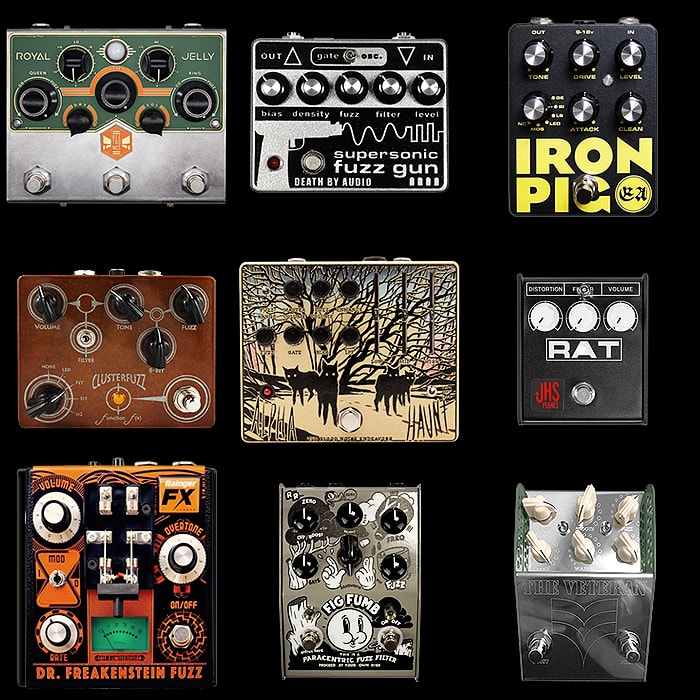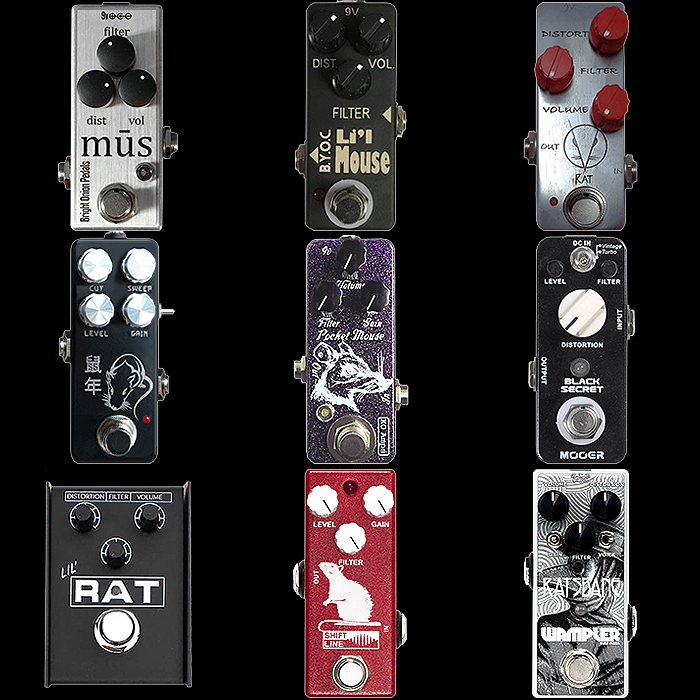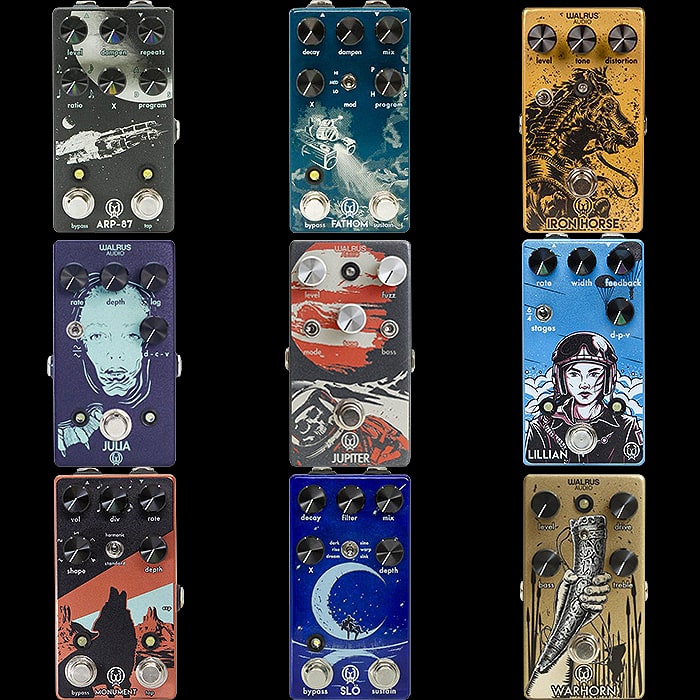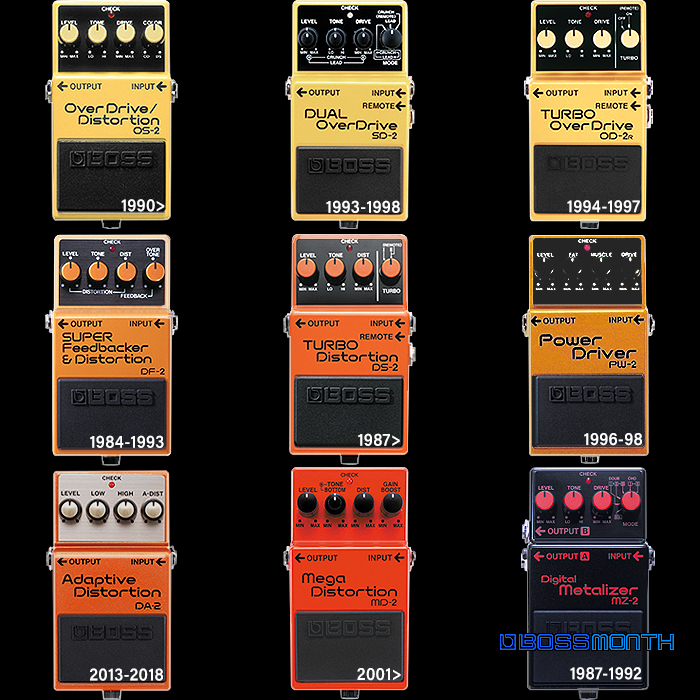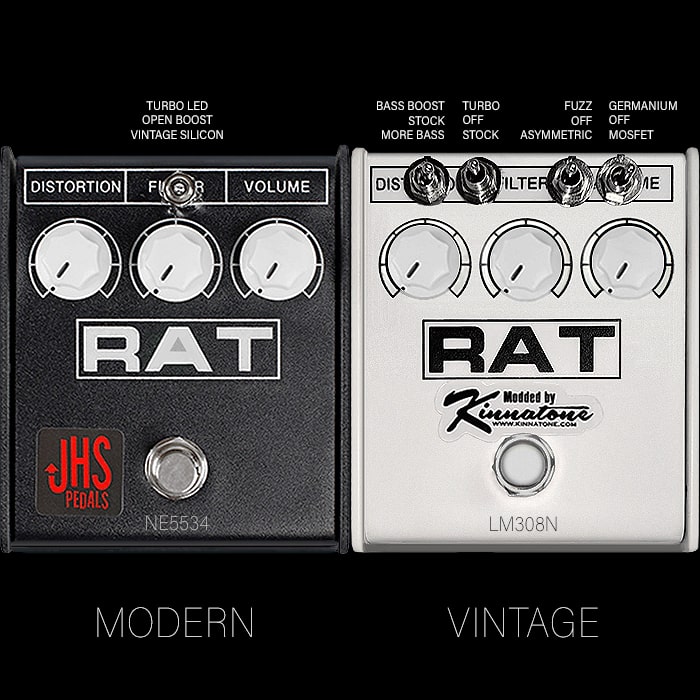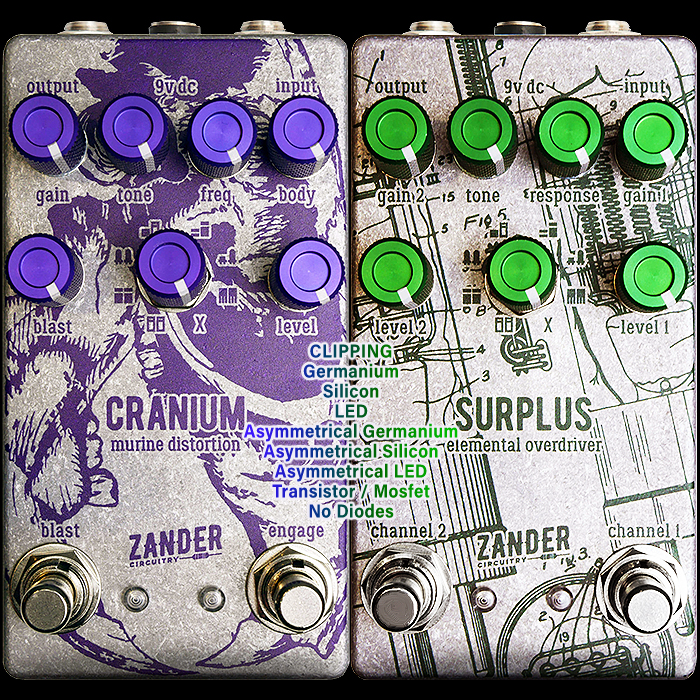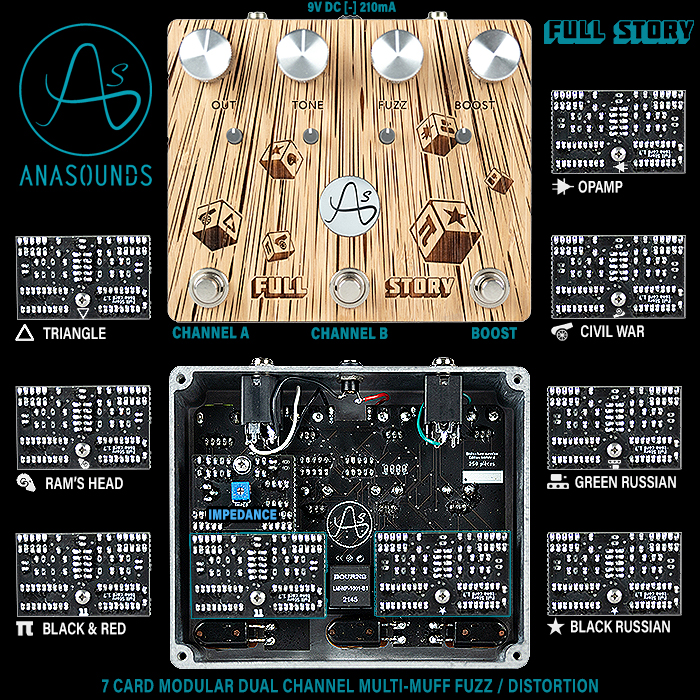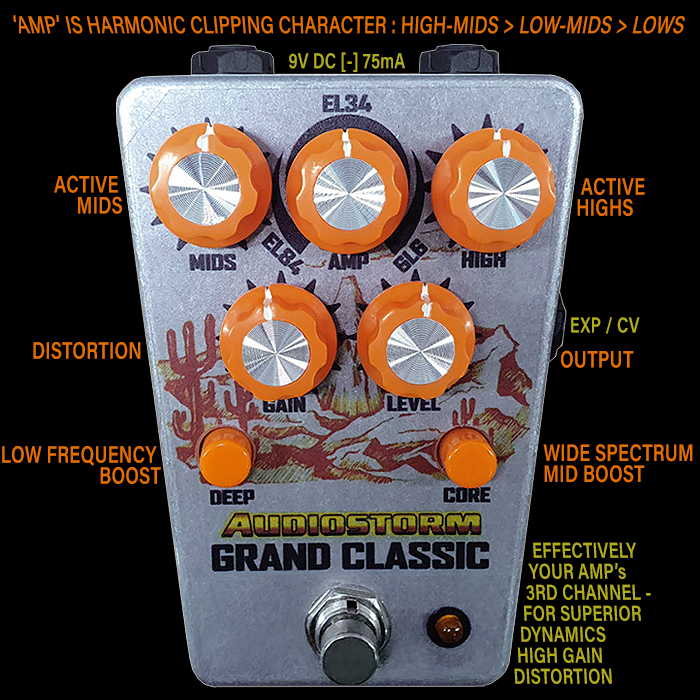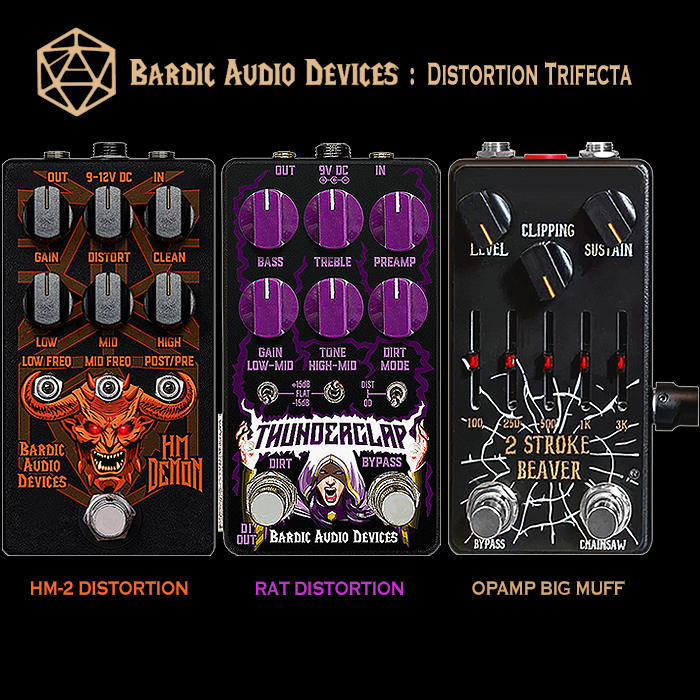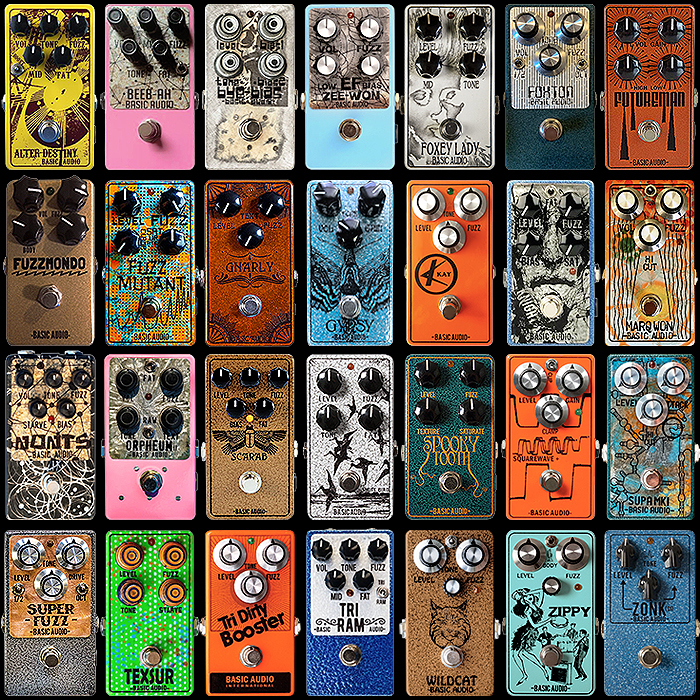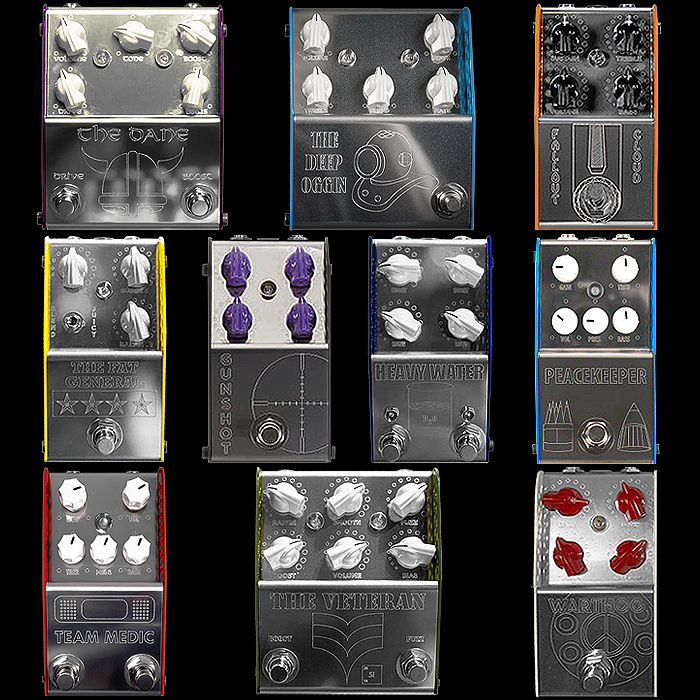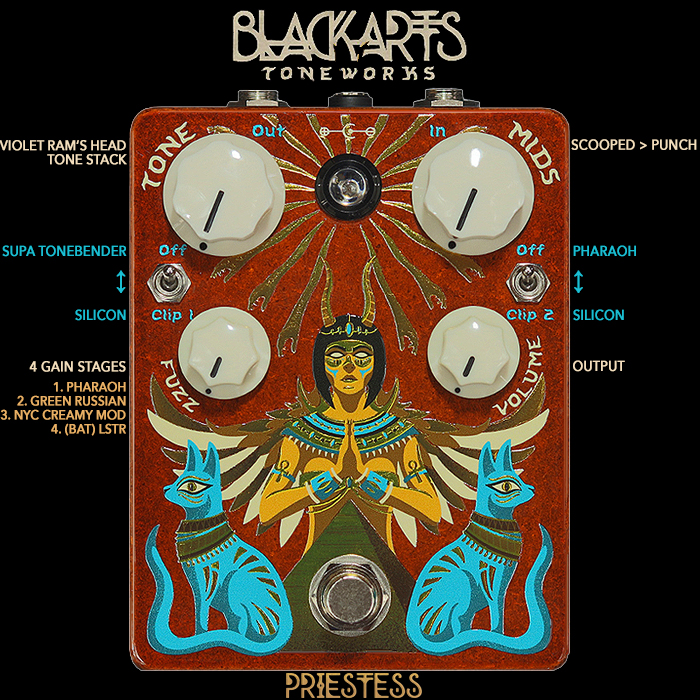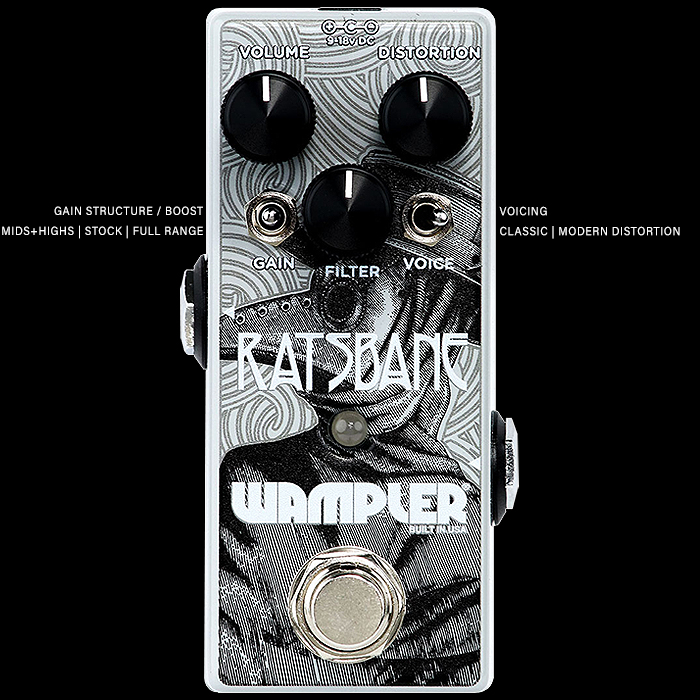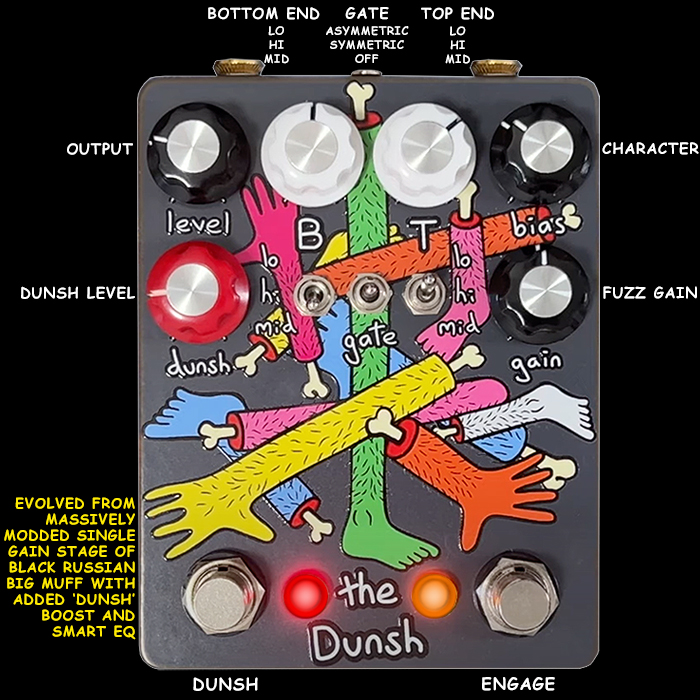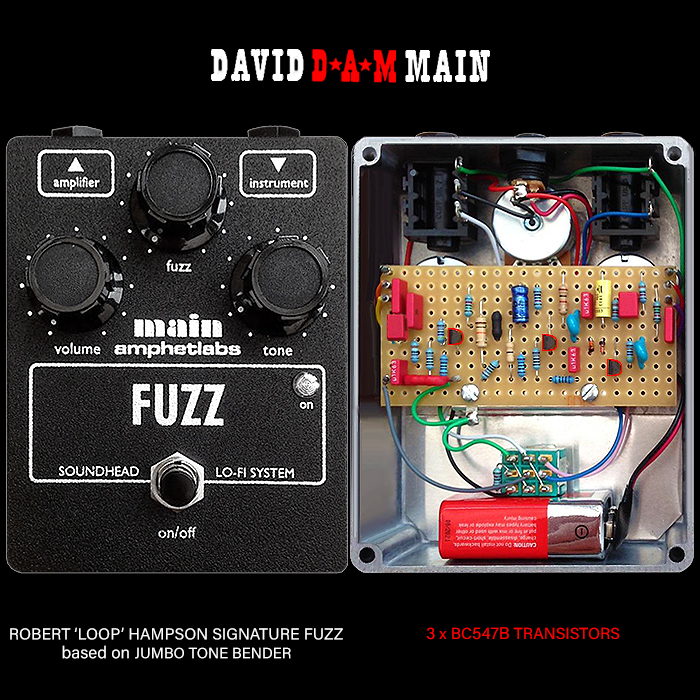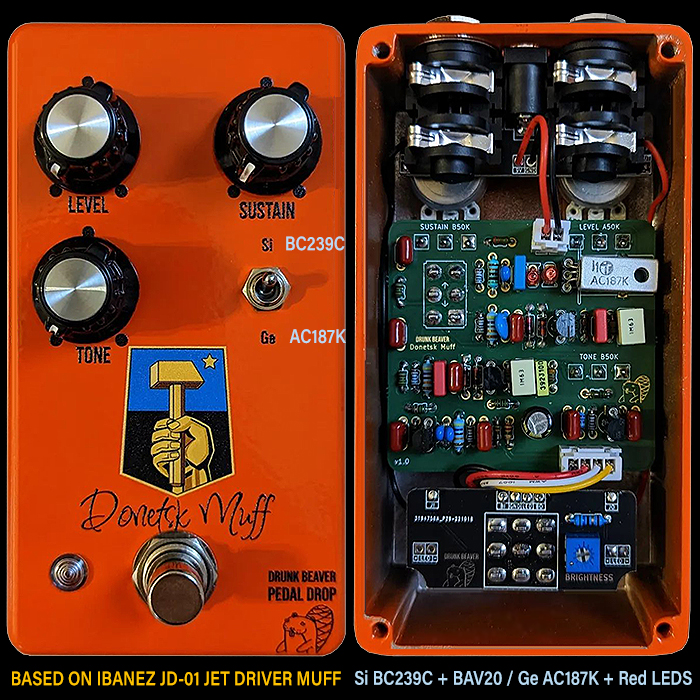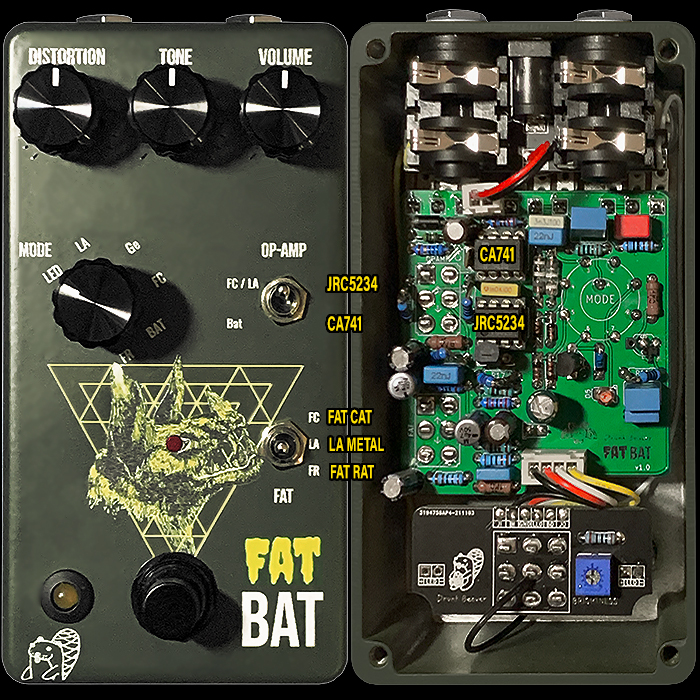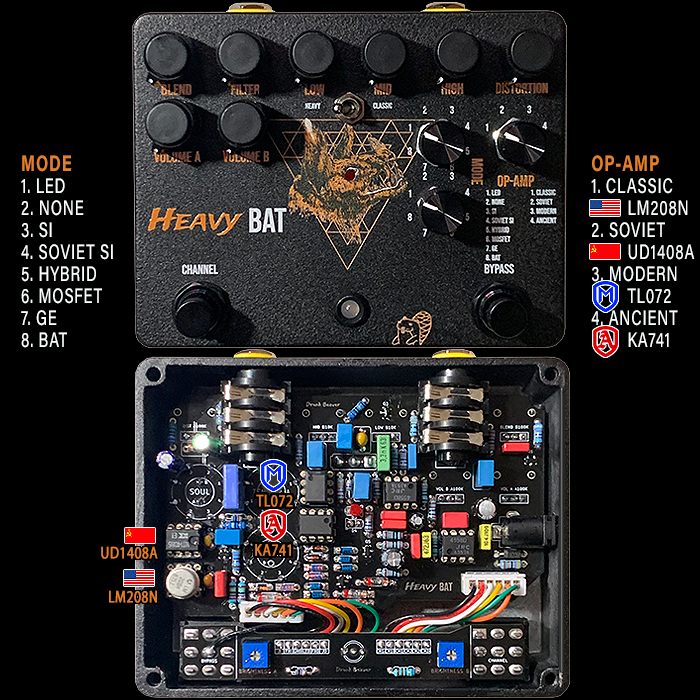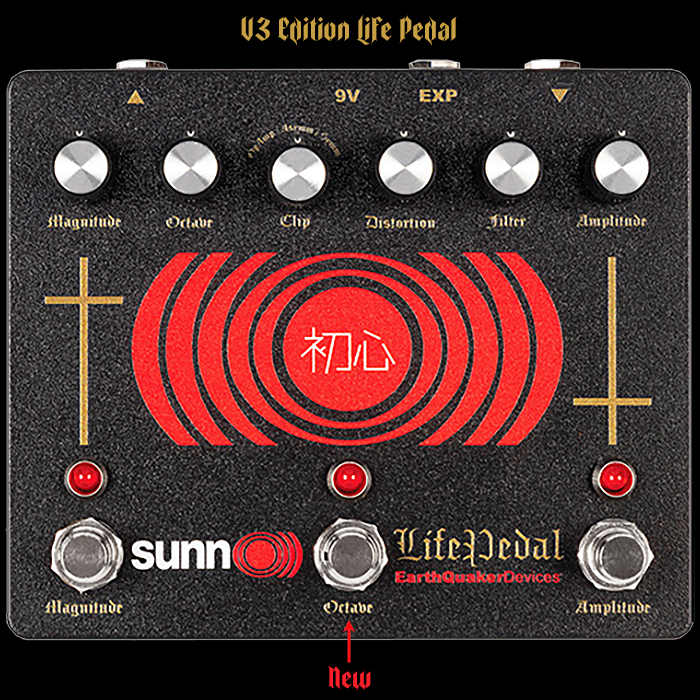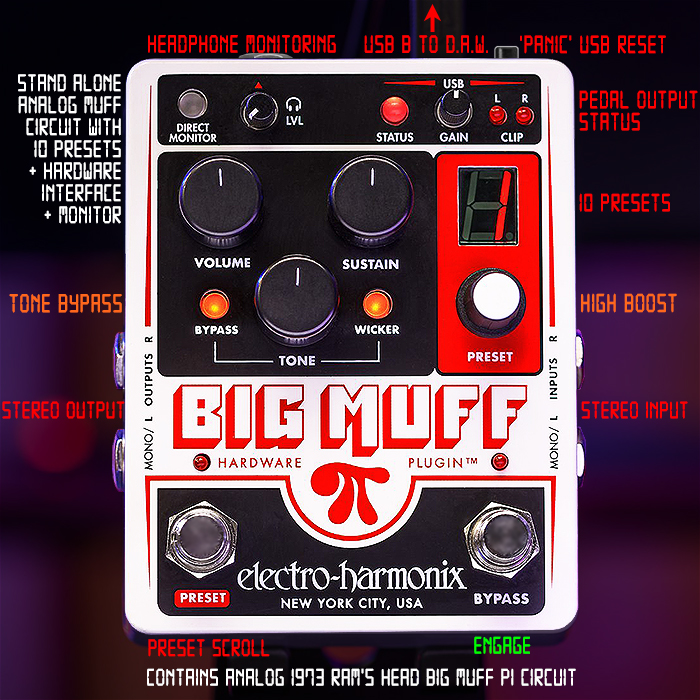JHS Pedals Unleashes long-awaited Multi-Mode PackRat Distortion - in same format as its previous Muffuletta and Bonsai pedals

I think a lot of us knew that Josh Scott had been working on a Multi-Mode Rat Distortion style pedal for some time - in the same sort of format that he had previously done for the Big Muff inspired Muffuletta, and Tube Screamer inspired Bonsai. I presume John Cusack helped again with some of the smart circuit switching. While one would presume the PackRat would mostly consist of just different clipping diodes per voicing.
We have the exact same number of options (9) as on the Bonsai - with pretty much ultimate coverage of all those key historic Rat types - with a couple of modern outliers in the guise of the Caroline Guitar Company and JHS’s own Mode. There are just 4 simple controls - Volume, Distortion, Filter and Mode, Interestingly the Filter is reversed here versus the Rat convention - so brighter Clockwise rather than the reverse which is more common for these types of pedals :
1 : The OG V1 (1979-83) - Original LM308 type ProCo Rat
2 : White Face V3 (1984-1986) - Smaller Square Enclosure ProCo Rat essentially same as V2 also
3 : Turbo V5 (1989) - Classic ProCo Rat 2 Red LED’s Version
4 : BRAT V6 (1997) - Pink budget ProCo Rat version with extra buffer
5 : Dirty (2004) - ProCo Rat Germanium clipping diode edition
6 : LA (1986) - Ibanez LA Metal variant with buffer and capacitor changes
7 : Landgraff MO’D (1999) - John Landgraff evolved take on Rat
8 : Caroline (2010) - Caroline Guitar Company Wave Cannon take on Rat format
9 : JHS Mode (2007) - Josh’s own Mod - used on JHS All American and Rat 2 JHS Modded pedals
I’m very interested to know which OpAmp Scott selected for this task - as we know that he’s fairly agnostic as to when it comes to ideal Rat OpAmps - versus say original LM308 varieties. I would assume that a SMT type OP07 variant would be a likely choice. Will be interesting to see also what format the diodes are in - probably a mix of SMT silicon etc. and THT Germanium. Using the right Diodes is certainly a critical component in getting the correct authentic voicing for each variant.
I’ve already acquired my PackRat from Andertons - and it should be with me for Monday. This will be the 33rd Rat pedal in my collection! I feel a little sorry for Walrus Audio - who’s very recent Iron Horse revamp is sure to be totally overshadowed by JHS - so just as well then that announcement happened first!
I’ve just recently taken delivery of a Black Mass 1312 Distortion from Break the Machine - which is a very similar format to the PackRat - it has the same number of controls - with 8 clipping modes on a rotary switch. The 1312 is significantly more cost-effective than the JHS. I would though expect JHS to dominate Rat style pedal sales for at least the next few months. But you should also beware of Drunk Beaver’s trio of Bat / Rat pedals and Zander Circuitry’s recent Cranium Distortion - which all offer something significantly different to the PackRat - and the Drunk Beaver Heavy Bat is still the ultimate Rat-style pedal as far as I’m concerned. I of course still very much love my Bardic Audio Thunderclap, Big Ear Woodcutter, Dr Scientist Frazz Dazzler (yeah I know - but it delivers great Rat tones!), also JAM Pedals Rattler, Thorpy FX Warthog, VFE Alpha Dog, and Wampler Mini Ratsbane - to name just a few!
I of course have and love the other two pedals featured in the above visual - where the Muffuletta is pictured in new army green with black knobs livery. I have the original Black and Yellow / Yellow knob version. Most of my favourite Big Muff pedals have some sort of Mids control - whether knob or 3-way switch - that’s pretty much an essential for me - so I feel the Muffuletta would have been better with some sort of mids control - and in fact I could apply the same sort of preference to the Bonsai and PackRat pedals too.
What you get with the RatPack is very close replicas of all those earlier circuits - obviously with core characteristics and inherent fallibilities fully intact - as we just have the classic controls of Volume, Distortion and Filter (High Cut).
What JHS always does particularly cleverly is the historical referencing - anchoring its modes directly to the inspirational source material - that is certainly something that other builders can learn from these exercises.
I’m really looking forward to getting my hands on my PackRat so I can gauge just how well Josh has managed to capture all those key sound signatures.
I would imagine many of you Rat fans would be excited to get your hand on one too - will be interesting to hear everyones’s first-hand impressions on just how authentically successful the PackRat is!
Demos








